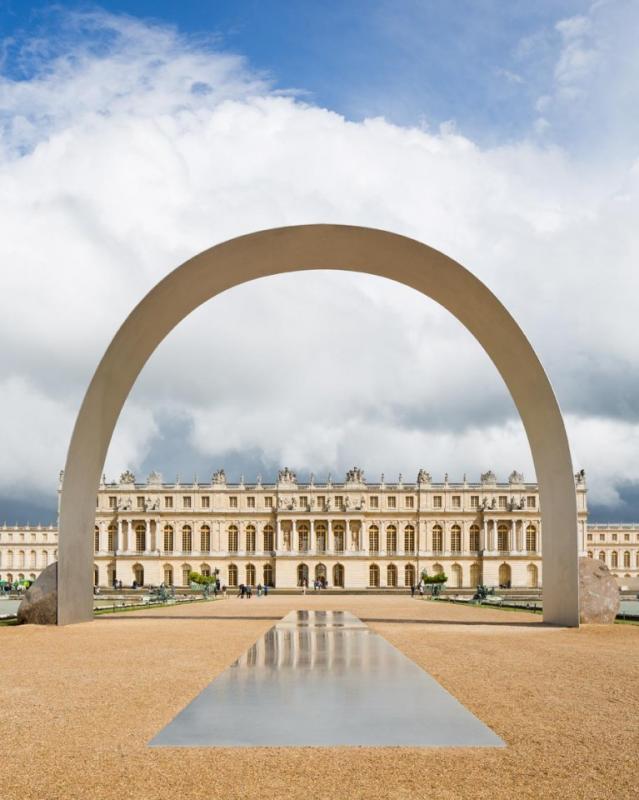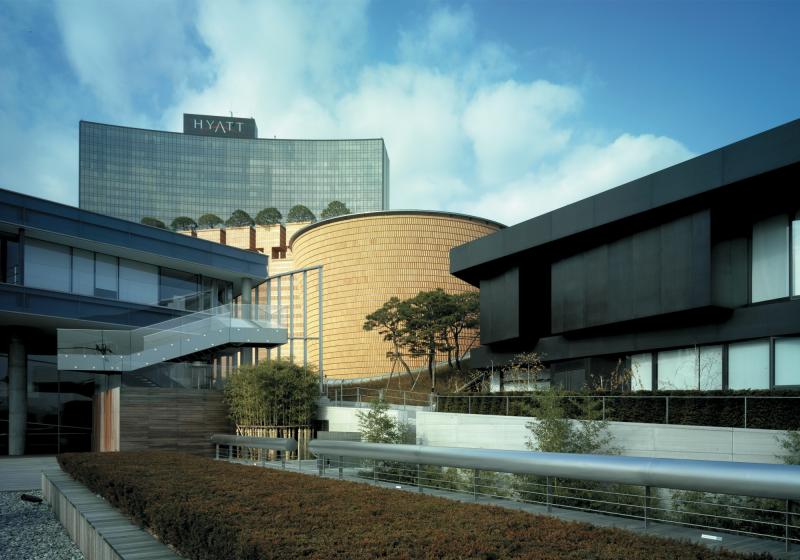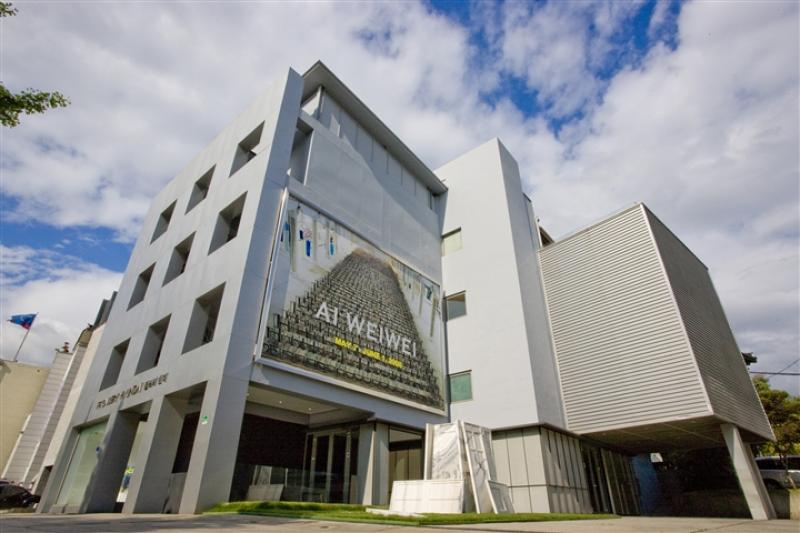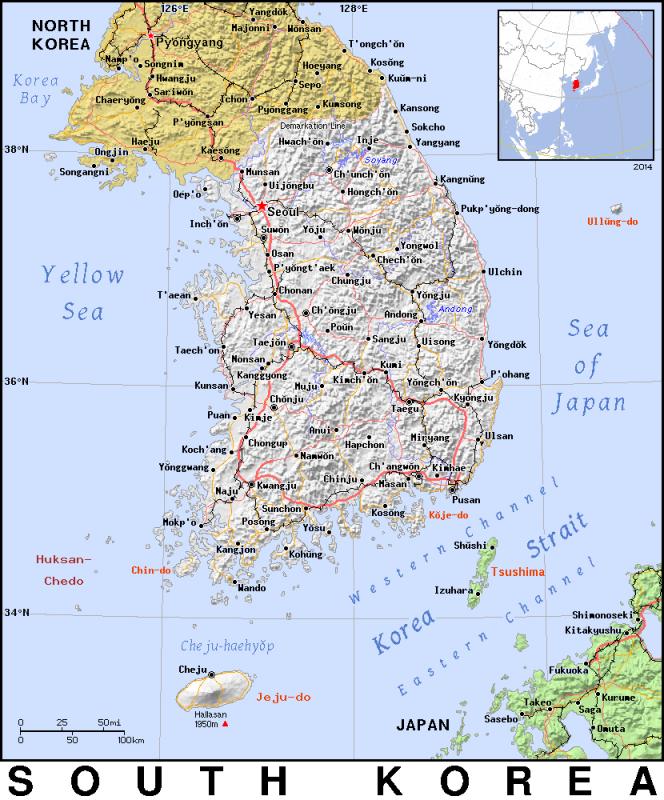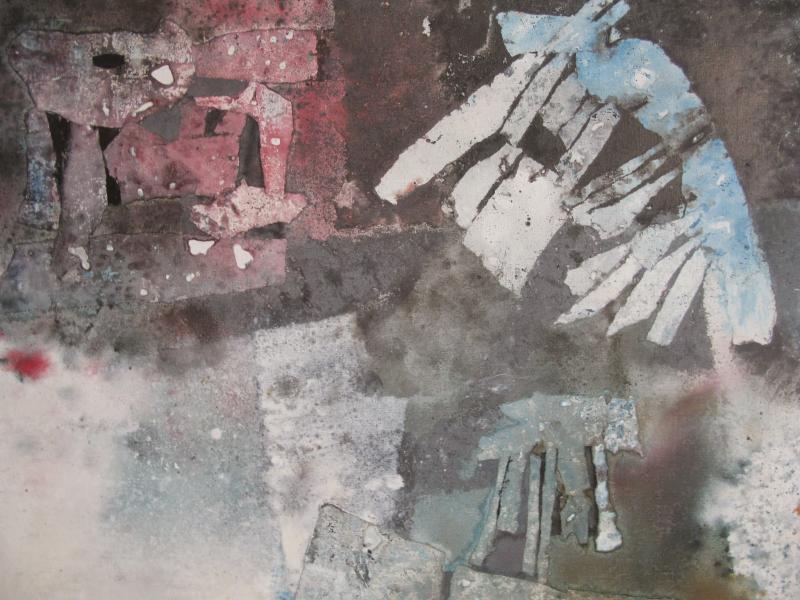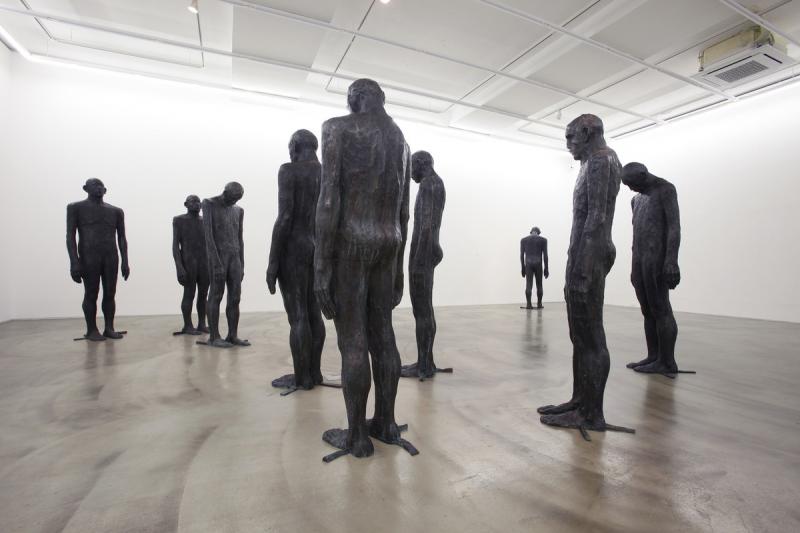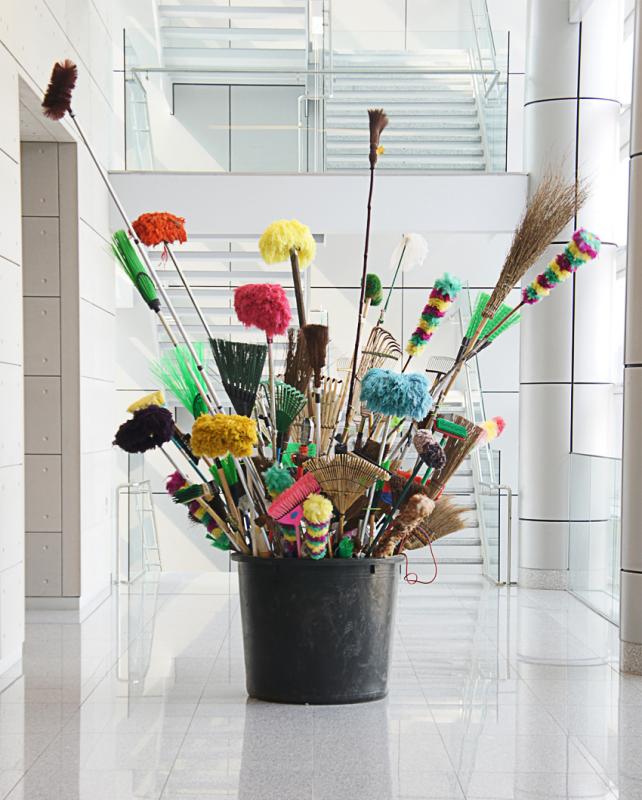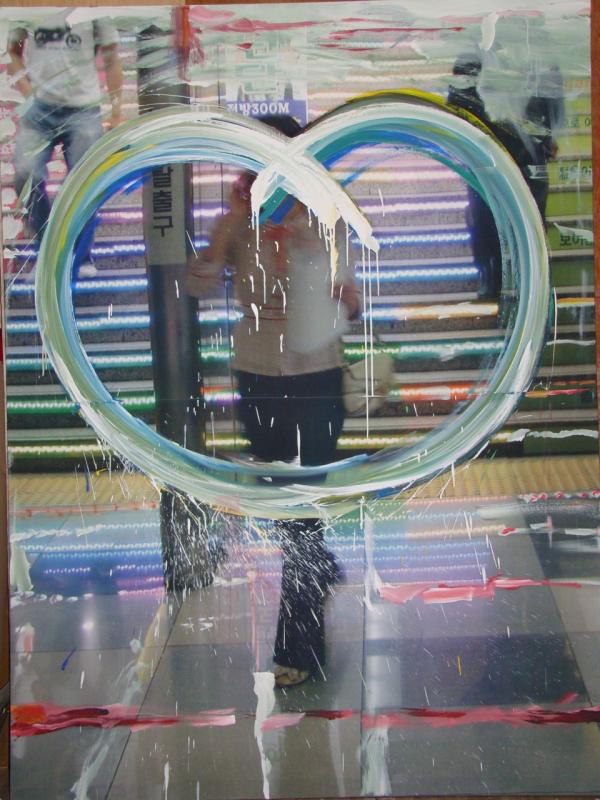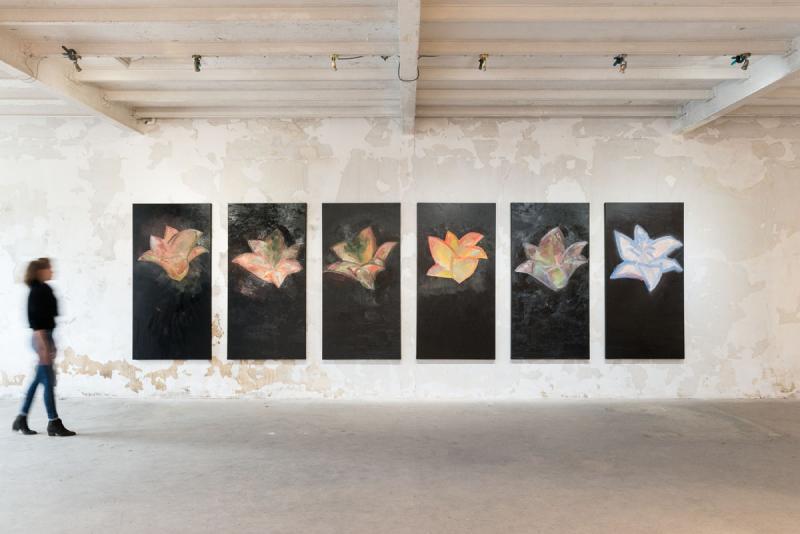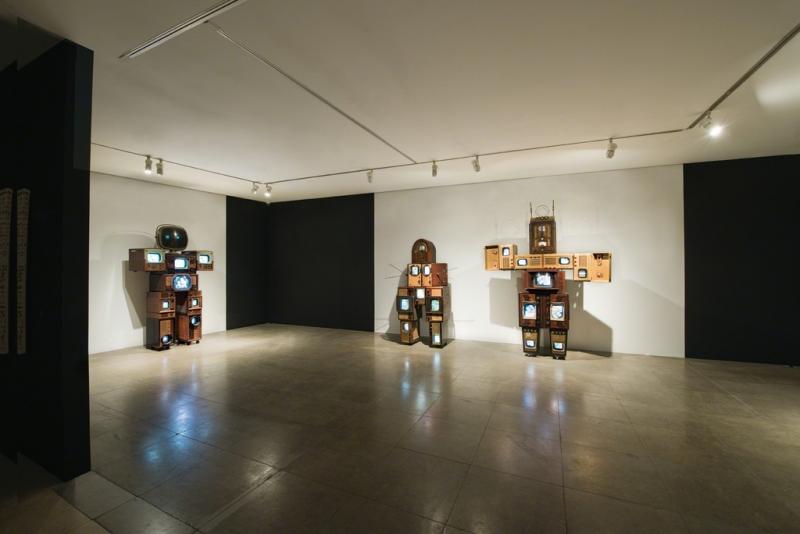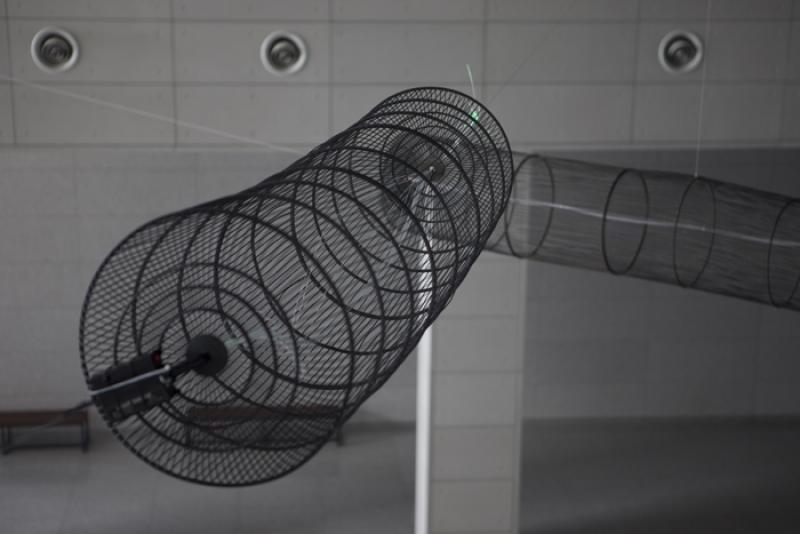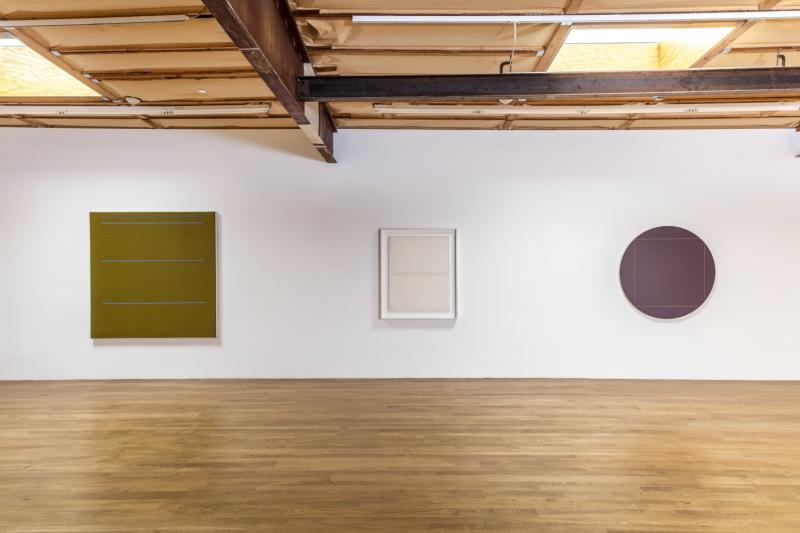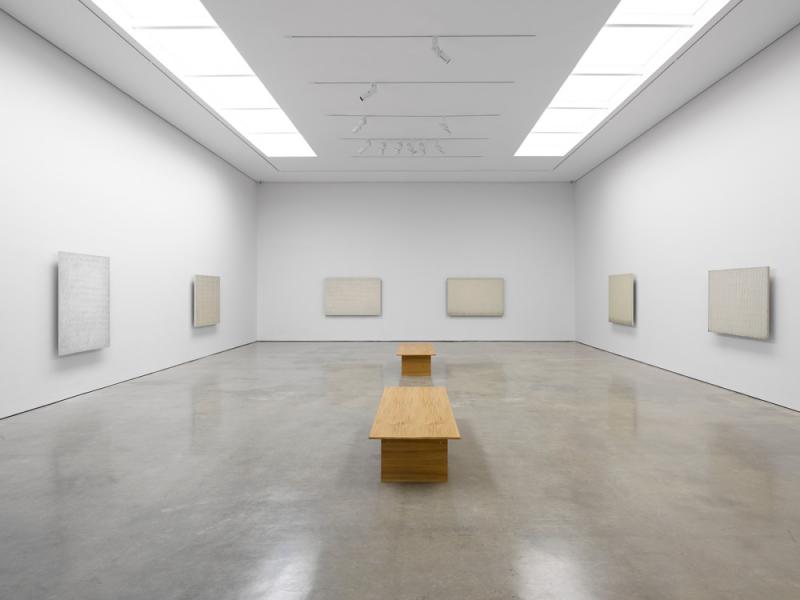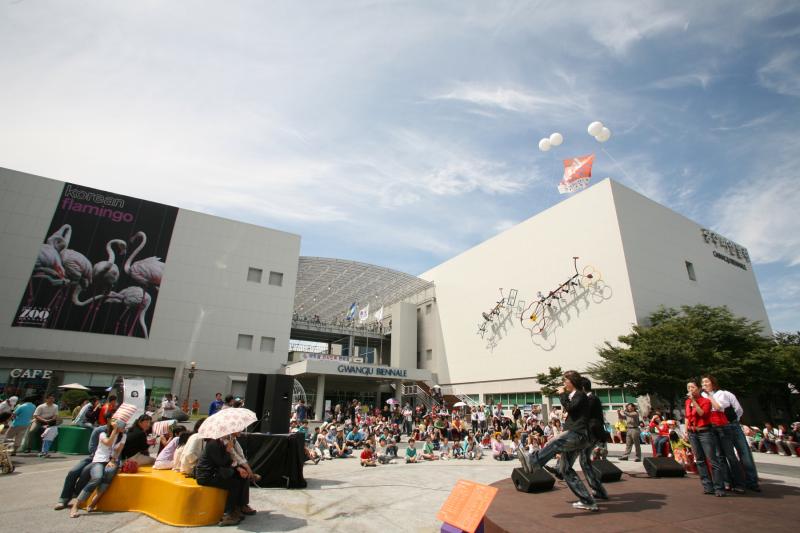3 keys to understanding South Korean contemporary art
 Contemporary Art | The 2016 Art Paris Art Fair highlights South Korean contemporary art, bringing together the work of some 70 historical, renowned and emerging artists. Appreciating the specificity of Korean production means plunging into a symbiotic back-and-forth between history and geography, culture and economy, tradition and ultra-modernity, isolation and diversity. Here are three key concepts for understanding Korean art now.
Contemporary Art | The 2016 Art Paris Art Fair highlights South Korean contemporary art, bringing together the work of some 70 historical, renowned and emerging artists. Appreciating the specificity of Korean production means plunging into a symbiotic back-and-forth between history and geography, culture and economy, tradition and ultra-modernity, isolation and diversity. Here are three key concepts for understanding Korean art now.
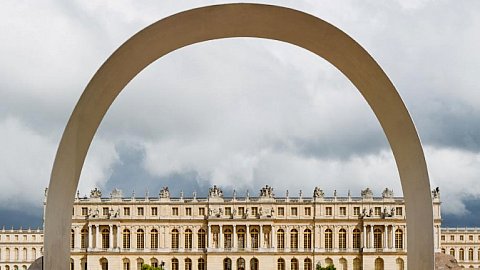
1 / 14
Vue de l’exposition “Lee Ufan, Versailles”, Château de Versailles, 2014
© Lee Ufan Photo. Tadzio Courtesy the artist, kamel mennour, Paris and Pace, New York
Resilient identity
Contemporary Korean art is an aggregate of the nation’s history, geography and politics. After a student-led popular uprising, democracy is ushered in with the adoption of a new constitution in 1987. The country swiftly throws off 40 years of dictatorial rule, a long period of Japanese colonization (1905-45), and a stint as a Cold War hotspot where Eastern and Western blocks had divided the territory into a Moscow-dominated north and a Washington-influenced south. The scar formed by the border zone between the two Koreas transforms the South into an insular political space, with a surprising capacity for reinvention.
In the span of a few decades, the country moves from agrarian self-sufficiency to a […]
You have 75% of the article to read ...
This article is free to read.
To continue reading it…
Subscribe
FREE
To our newsletter
Have you already subscribed to our newsletter?
Please enter your e-mail address
Read also
